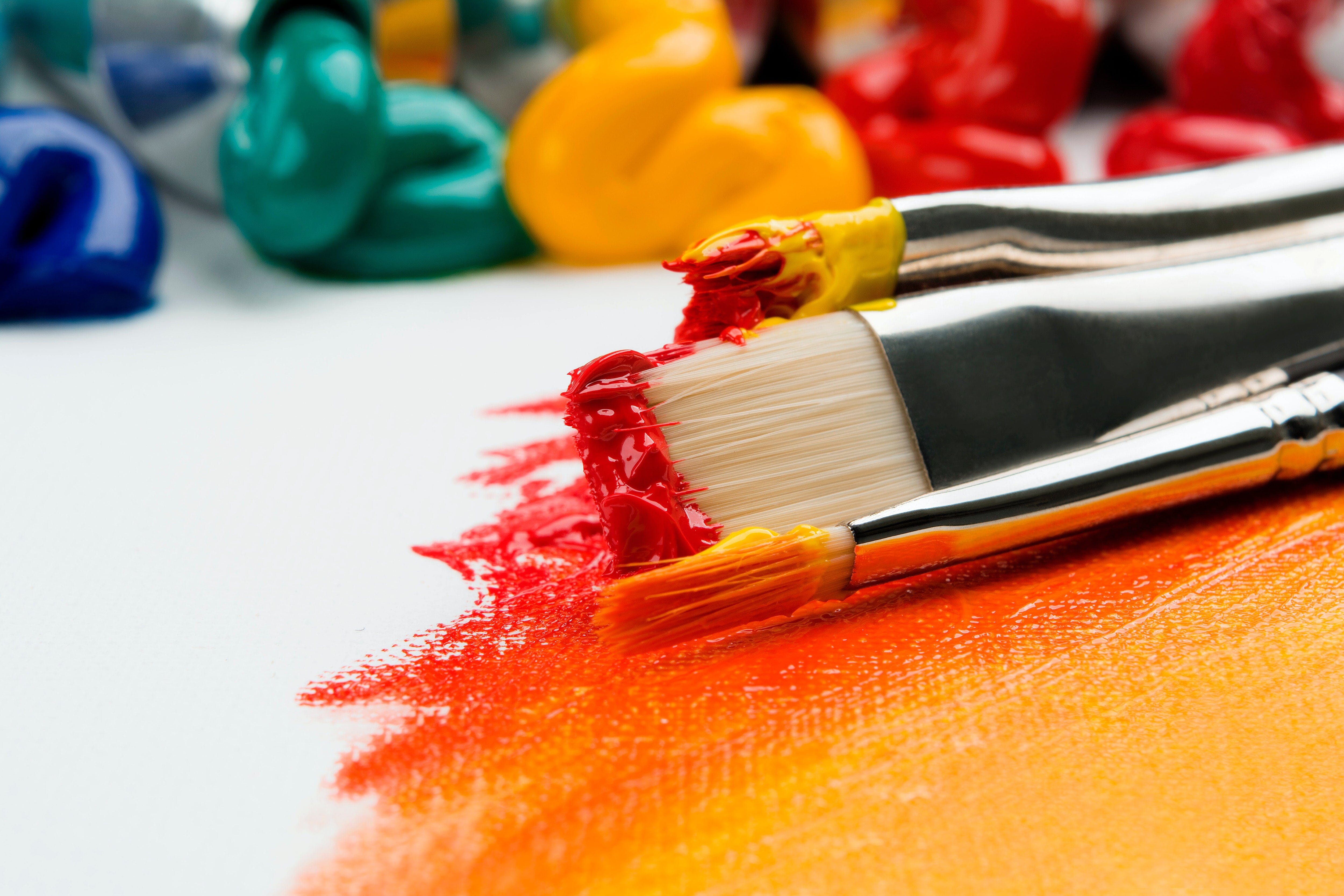The only coloured pencil you will ever need!

Manufactured in the UK since 1832, Derwent has become synonymous with high quality. Over their long history, Derwent has developed over a dozen different lines of coloured pencils but we'll be focusing on Derwent's Inktense pencils: a line of 72-colours which are marketed as the "best watercolour pencils, ever", and they're not exaggerating!
Inktense are soft-leaded pencils that lay down vibrant and permanent colours that are capable of withstanding washing and drying, even on silk and cotton.
 Inktense can be used dry (just like regular coloured pencils) or they can be blended with water. This versatility allows the artist to go from pencil sketch to an inked and finished piece in just one wash. Inktense combine the vibrancy of inks with the ease of control of pencils.
Inktense can be used dry (just like regular coloured pencils) or they can be blended with water. This versatility allows the artist to go from pencil sketch to an inked and finished piece in just one wash. Inktense combine the vibrancy of inks with the ease of control of pencils.
The following suggestions and instructions are taken directly from Derwent:
x

Illustration & Traditional Watercolour Painting with Inktense
 Inktense pencils allow artists' and illustrators to create a wide range of
Inktense pencils allow artists' and illustrators to create a wide range of  effects; from thin transparent washes to coarse, unblended areas where the pencil stroke can still be seen, to deeply saturated punches of colours. Many of the newer Inktense colours have been developed specifically with floral and landscape artists in mind.
effects; from thin transparent washes to coarse, unblended areas where the pencil stroke can still be seen, to deeply saturated punches of colours. Many of the newer Inktense colours have been developed specifically with floral and landscape artists in mind.
x
Inktense on Silk

Bleeding: To avoid colours bleeding together during silk painting, it's recommended to use gutta to outline elements of your image first before painting. Gutta is a colourless solvent-based outliner used in silk painting. The low-tech alternative to gutta would be to use hairspray, applied with a paintbrush; it's cheap, dries very quick, washes out easily, and does the job.
Setting: Once dry, iron the silk painting then wash in warm water. If the Inktense was applied to the silk in a thick layer, where not all the colour was dissolved into the silk weave, then some of the colour may wash out during this process. Never fear, it will still leave a vibrant stain on the silk.
Inktense and Quilting
Cotton is also an excellent substrate for the Inktense experience! There are a few different methods of colouring on cotton textiles. Cotton weaves work the best (jersey knits have too much stretch and are frustrating to work with).
Option A: moisten the textile with fabric medium first, then draw on the fabric with a dry Inktense pencil

In either case, once dried, heat-set with an iron before laundering.
x
Inktense on Wood
Just like other absorbent surfaces, wood is very complimentary to Inktense! On a natural, unfinished wood surface, Inktense lays down tons of pigment and can be blended easily with water achieving some stunning looks! Artist Karen Hull is a master of Wood & Inktense







